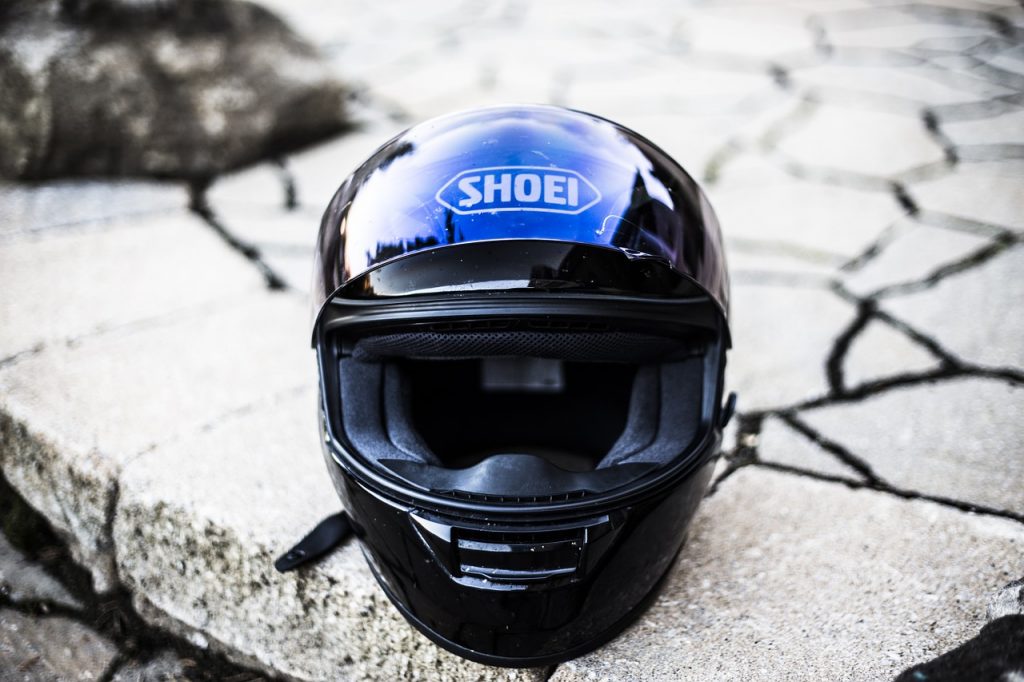 People decide to ride motorcycles for a variety of reasons. Whether you choose to purchase a motorcycle for cost effective reasons, parking conveniences, or the thrill of the ride, you must consider safety before hitting the road. According to the National Highway Traffic Safety Association [NHTSA], motorcyclists are 37 times more likely to die in a crash than someone riding in a passenger car.
People decide to ride motorcycles for a variety of reasons. Whether you choose to purchase a motorcycle for cost effective reasons, parking conveniences, or the thrill of the ride, you must consider safety before hitting the road. According to the National Highway Traffic Safety Association [NHTSA], motorcyclists are 37 times more likely to die in a crash than someone riding in a passenger car.
Riding a motorcycle comes with considerable risk and responsibility, more so than driving an automobile. Regardless of your riding skill-level, even small mistakes can cause horrific accidents because motorcycles have less protective cushioning and bulk to soften the impact of accidents. In addition to taking all the necessary precautions of driving a car, motorcyclists must be particularly vigilant while on their bikes, especially when there is heavy traffic.
Although motorcycle-licensing regulations vary, all states require a motorcycle license endorsement to supplement your automobile driver’s license. To receive the proper endorsement in most states, you’ll need to pass written and on-cycle skills tests administered by your State’s licensing agency.
Texas Motorcycle Insurance Requirements
- $60,000 bodily injury coverage total per accident
- $25,000 property damage coverage per accident
- $30,000 bodily injury coverage for each injured person in an accident
Remember, these are only minimums!
How Insurance Coverage Affects Helmet Requirements
Texas helmet requirements are not affected by how much automobile insurance you have. If you ride a motorcycle (as driver or passenger) you must wear a helmet, unless you are at least 21 years old and you are covered by a health insurance plan that covers medical/surgical expenses incurred from a motorcycle accident.
Motorcycle Safety Tips
 WEAR A HELMET
WEAR A HELMET
If you’re ever in a serious motorcycle crash, the best hope you have for protecting your brain is a motorcycle helmet. Always wear a helmet meeting the U.S. Department of Transportation (DOT) Federal Motor Vehicle Safety Standard (FMVSS) 218.
RIDE RESPONSIBLY
Experienced riders know local traffic laws – and they don’t take risks. Obey traffic lights, signs, speed limits, and lane markings; ride with the flow of traffic and leave plenty of room between your bike and other vehicles; and always check behind you and signal before you change lanes. Remember to ride defensively. The majority of multi-vehicle motorcycle crashes generally are caused when other drivers simply didn’t see the motorcyclist.
BE ALCOHOL AND DRUG FREE
Alcohol and drugs, including some prescribed medications, negatively affect your judgment, coordination, balance, throttle control, and ability to shift gears. These substances also impair your alertness and reduce your reaction time. Even when you’re fully alert, it’s impossible to predict what other vehicles or pedestrians are going to do. Therefore, make sure you are alcohol and drug free when you get on your motorcycle. Otherwise, you’ll be heading for trouble.


 WEAR A HELMET
WEAR A HELMET